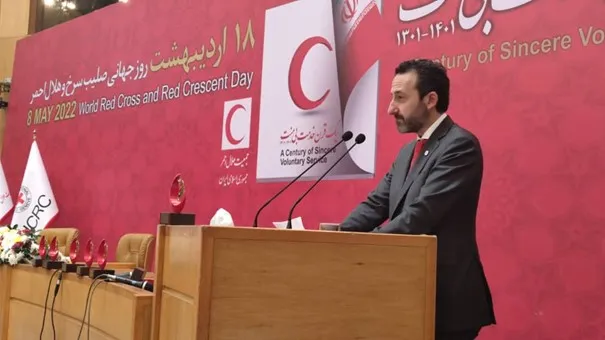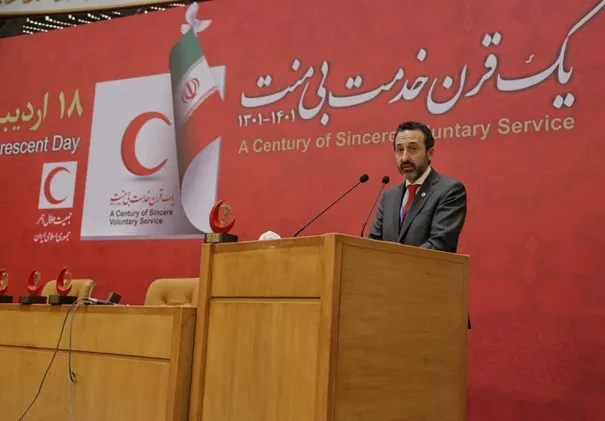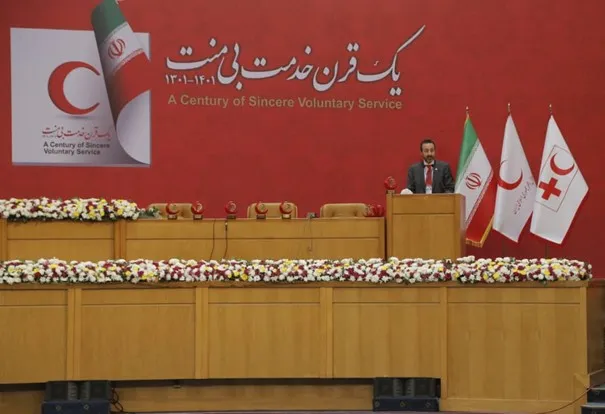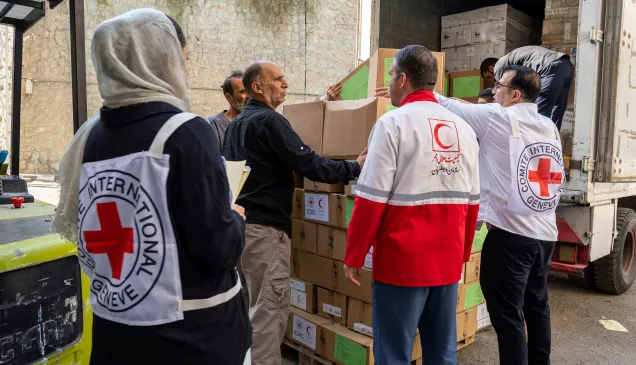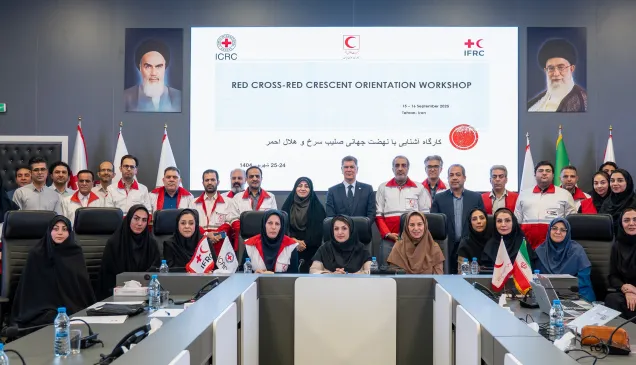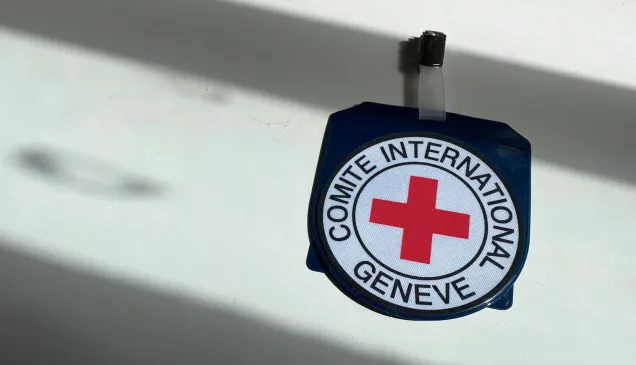It’s fair to say that today’s global humanitarian landscape bears little resemblance to the one in 1922 when the IRCS was established. This was a time when peace was being consolidated after the horrors of the First World War when there was an overwhelming sentiment of “never again.” It was a time when the peacetime role of National Societies was expanding, serving a range of needs primarily on a local level.
Fast forward 100 years and the humanitarian environment is increasingly complex and unpredictable in every part of the world. We see unexpected emergencies erupt alongside drawn-out armed conflicts. We see climate change, natural disasters, pandemics, urbanisation, migration and socio-economic crises adding more misery to people already suffering chronic hardship. And we see increasing constraints on humanitarian actors being able to respond effectively to massive needs. The politicisation of aid, misinformation, cyber-attacks, shrinking resources and restrictive measures are just a few examples.
But some things have not changed over the past 100 years, and even before when the ICRC was born in 1863. Henry Dunant, who witnessed the carnage on the battlefield at Solferino, recognised the need for organised humanitarian relief, trained volunteers and medical services that would treat wounded soldiers on both sides of the frontline. He also recognised the need for international cooperation to achieve this. The creation of the ICRC and subsequently of national Red Cross and Red Crescent societies saw the development of concerted and coordinated humanitarian action for war victims based on international humanitarian law.
The concept of neutral, impartial and independent humanitarian action carried out under the protection of distinctive emblems lies at the very heart of the Red Cross and Red Crescent Movement – as much now as it did then. The desire to prevent and alleviate suffering – wherever it is found – and to uphold humanity and dignity, even in the darkest times, underpins everything we do. Working together, leveraging the complementary roles of each part of the Movement, and putting people at the centre of what we do is perhaps more important than ever, given the massive scale of needs with which we are faced, locally and globally.
Against this backdrop, the IRCS has gone from strength to strength over the decades, providing humanitarian services in numerous natural and man-made disasters. Today, we are proud to see you as a strong member of the Red Cross and Red Crescent Movement – with extensive capacities in Relief and Rescue, Health, and Physical Rehabilitation, among others.
We at ICRC dearly value our long-standing partnership with the IRCS in Iran. An early example of our cooperation was during the Iran-Iraq war in the 1980s and beyond when we oversaw the repatriation of many hundreds of prisoners of war. We facilitated the exchange of millions of messages between these prisoners and their families with the support of the IRCS.
As a more current example, last year, together with the IRCS and the International Federation, we worked together on the Movement Contingency Plan for Afghan migrants in Iran.

